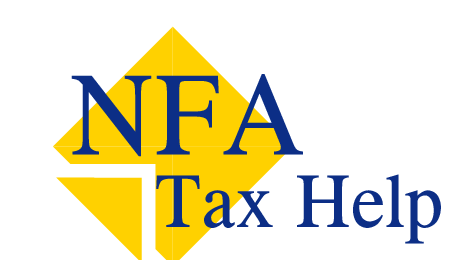IRS Levy
What It Is
An IRS levy is a type of collection action taken by the IRS to fulfill a tax debt owed to them. The IRS takes these actions if a taxpayer doesn’t pay their tax debt or attempts to setup payment arrangements, such as an installment agreement, with them in a reasonable timeframe.
Property Types the IRS Can Seize
The IRS can seize property that is yours whether it is in your possession or not. Property that is in your possession can be seized and sold by the IRS to pay down a tax debt. These include property like a house, car, recreational vehicles, etc.
Property that is not in your possession that the IRS can seize include your employee wages (also known as a wage garnishment), investment accounts used for retirement purposes (such as 401k, IRA, etc., all types of bank accounts, and even money due to you from an customer account (the IRS will contact your employee and force them to pay the IRS instead of you any balances owed)
Process IRS Takes Before Issuing a Levy
The IRS will issue a levy only after they have requested a taxpayer to pay a tax debt in a variety of previous methods. Technically, the process the IRS will follow before issuing a tax levy is the following:
-
They will determine a balance due of a tax debt and send you a notice demanding payment of the tax debt.
-
They wait to see if the taxpayer will pay the debt in a reasonable time after receipt of the notice demanding payment.
-
The IRS will issue a notice titled Final Notice of Intent to Levy and Notice of Your Right to a Hearing and again wait for a reasonable amount of time. Then they will issue a levy using one of the methods described above.
What to Do Once Issued a Tax Levy
If you are issued a tax levy you can do the following to potentially remove it. The first is to ask an IRS manager to possibly look over your case and see if a levy was warranted. You would need to contact the IRS Taxpayer’s Hotline to do this. They will ask some verification questions before allowing you ask them anything.
Another option is to request a Collection Due Process hearing by filing the request to the office listed on your notice. This must be done within 30 days of the date of your notice. During the hearing you will be given an opportunity to support you belief that a levy should not have been issued and/or why it should be released. At the end of the hearing, the IRS will make a decision whether to remove the levy or not. Publication 1660, Collection Appeal Rights can provide further information.
How a Tax Levy Automatically Ends
Should a levy be placed on wages or any type of income, it can obviously be stopped if you requested a release or made arrangements with the IRS. For a levy to come to end automatically the following must occur:
-
The tax debt is paid and the account has no balance.
-
The statute of limitation passed on the IRS legal time limit for them to attempt to collect on the tax debt.
